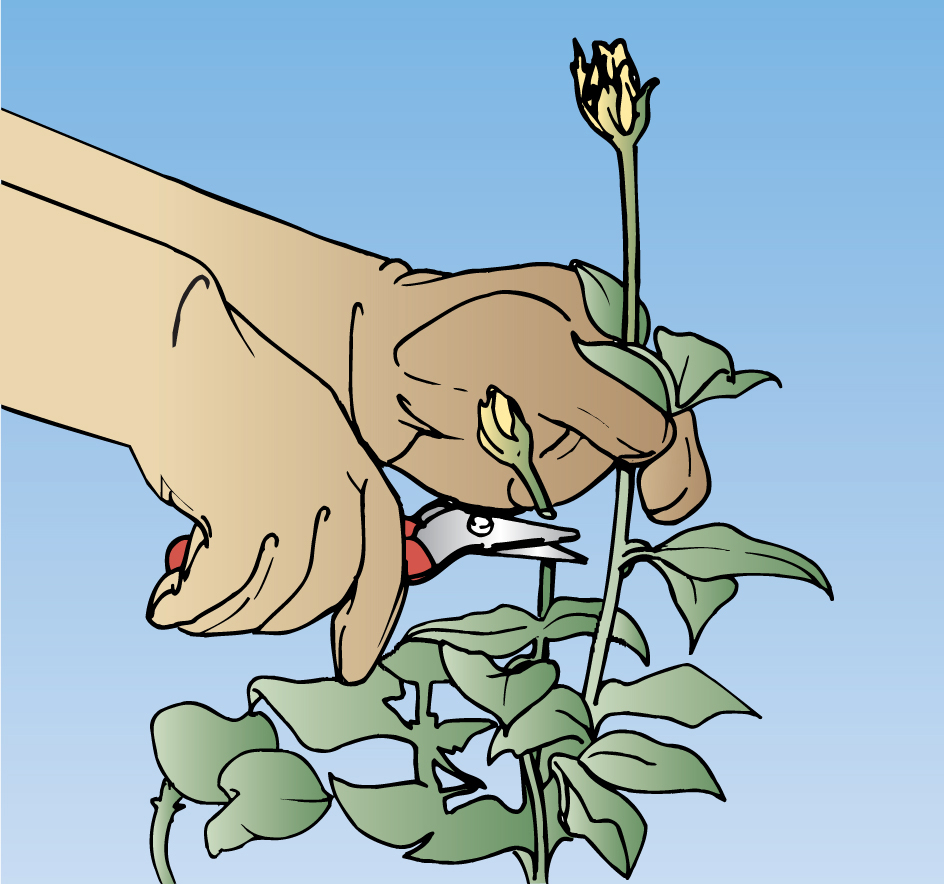Pruning is the cutting away of plant parts, such as branches, shoots, buds, or roots. Pruning serves various functions. It helps plants recover from the shock of being moved. It controls the shape and appearance of plants. Pruning also contributes to the size, quantity, and quality of fruit.
Transplanted trees and shrubs are pruned to prevent water loss through the leaves. As much as three-fourths of the leaf-producing area often must be removed to prevent excessive water loss. However, the top of a shade tree should not be pruned, because such pruning would destroy the shape of the tree. Spruce, pine, and similar evergreens usually are not cut. They develop naturally into their characteristic shapes.

Gardeners remove weak stems from shrubs at ground level. The diseased and broken branches are also removed. Shrubs that flower early in the spring, such as lilacs, should be pruned just after they flower. Shrubs that flower in the summer, like hybrid tea roses, are pruned in the spring. Gardeners shear hedges to encourage dense and compact growth and to keep the hedges in a desired shape.
Fruit growers prune their fruit trees annually. By cutting out undesirable parts, they obtain low trees with open tops. Such pruning allows light to reach all parts of the tree. It also makes spraying the trees and picking the ripe fruit easier. Well-pruned trees produce high-quality fruit. Trees pruned so that the limbs are well spaced are less likely to break when the fruit loads down their branches.
Training of a fruit tree begins when the tree is transplanted in the field from the nursery. At that time, the grower prunes the tree to a height of 36 inches (91 centimeters). This pruning stimulates the development of branches. The next year, the grower selects the strongest and best branches to remain on the tree and cuts the others off. In their early years, fruit trees require little pruning. Old trees are pruned more heavily to allow light to reach the branches and to help fruit-bearing limbs grow in desired locations.
